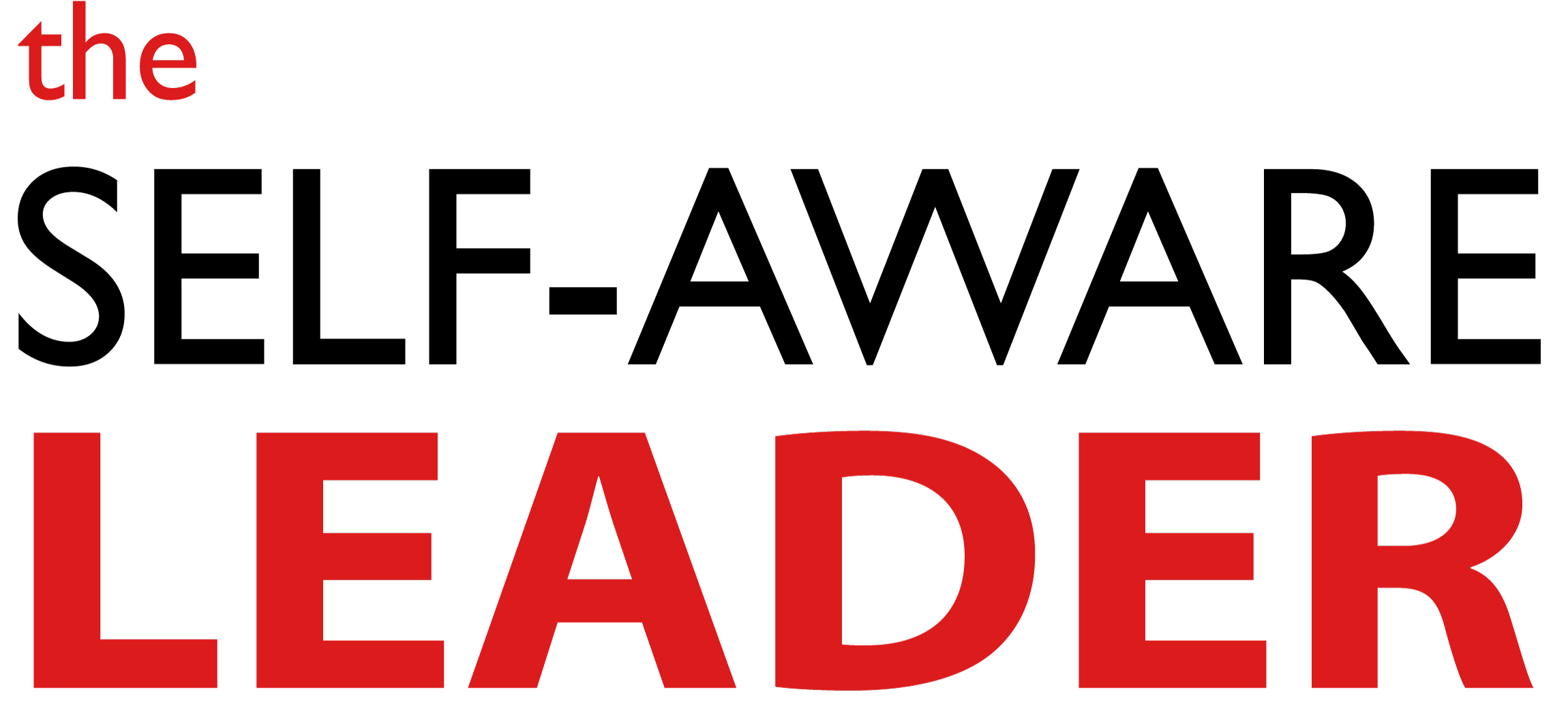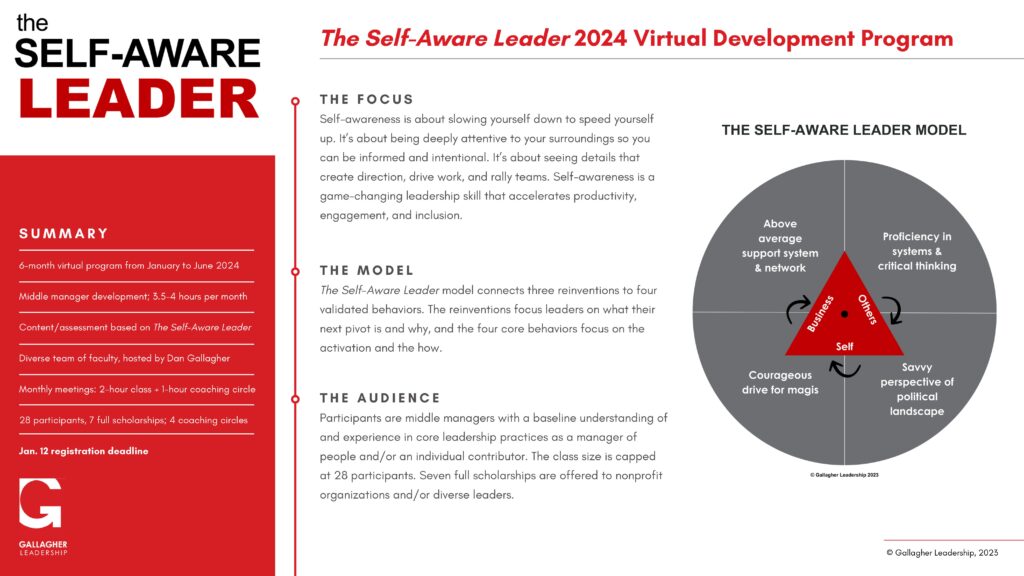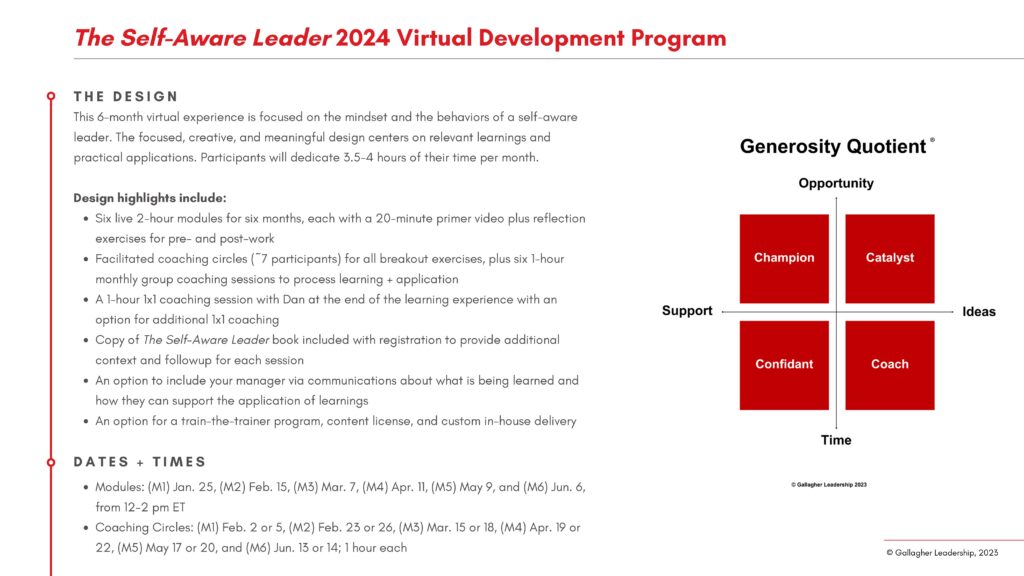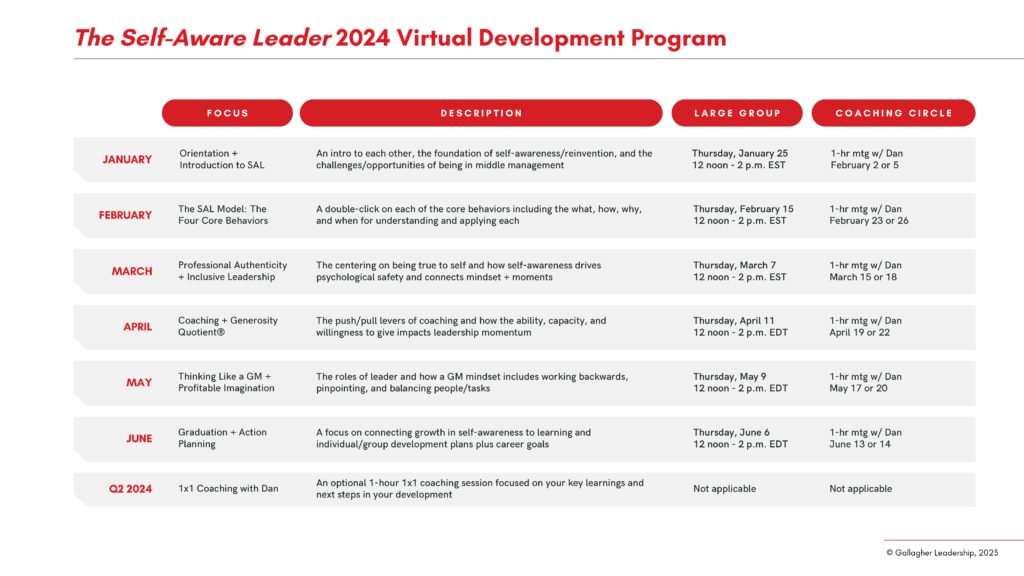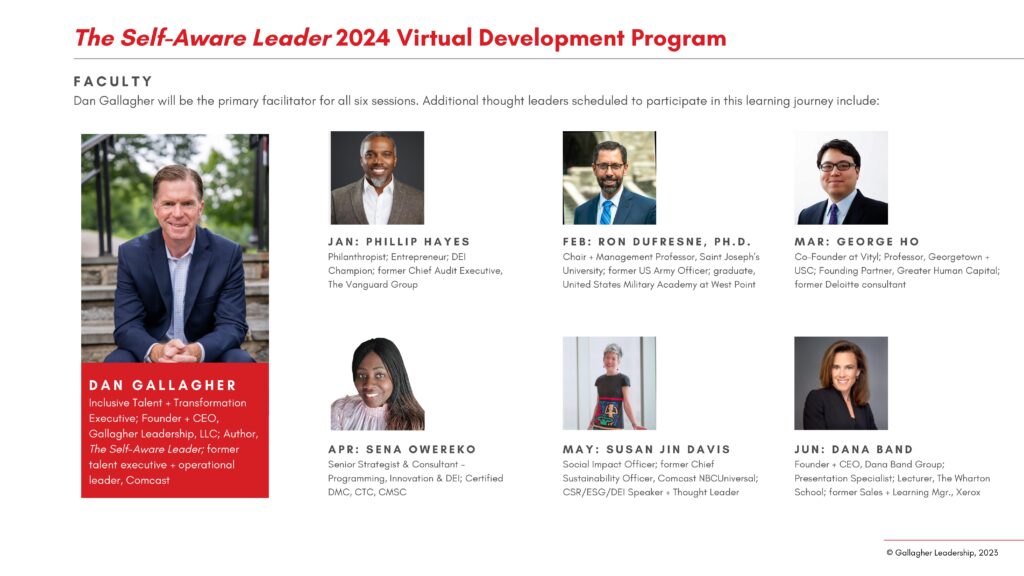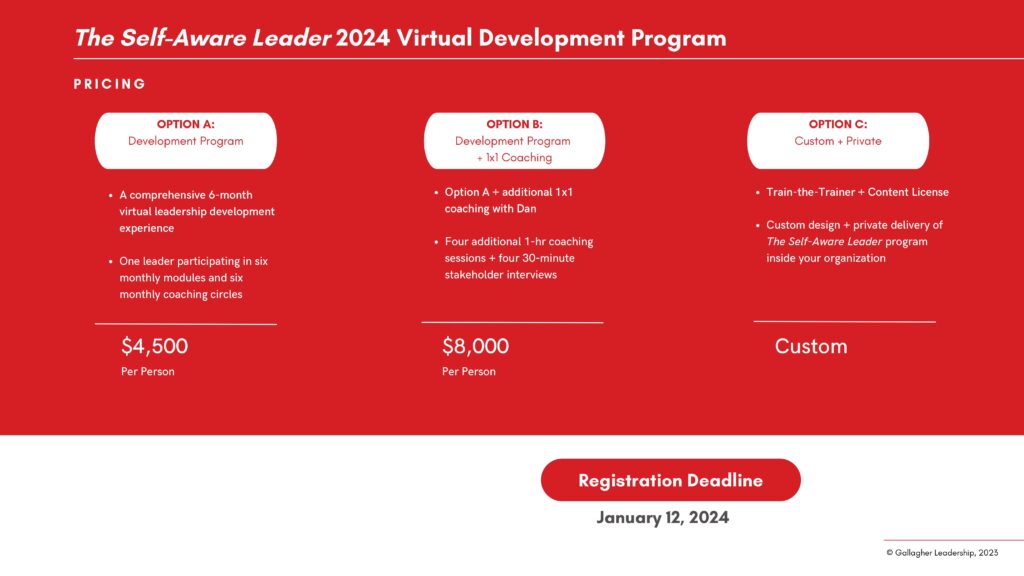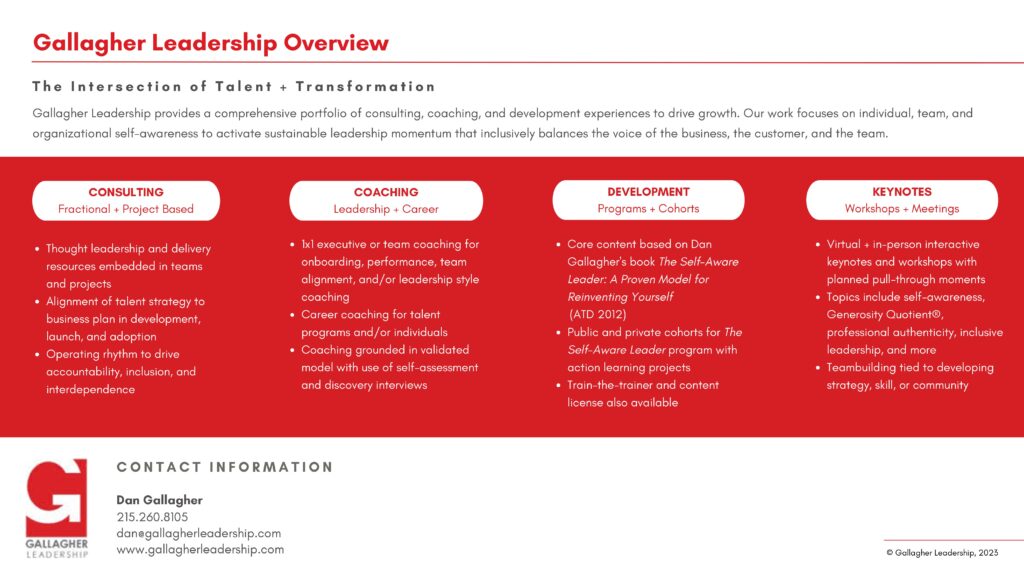Your Operating Rhythm
Leaders who evolve too slowly will fall behind. If you’re in a rinse and repeat model where your leadership patterns aren’t leaning into the future, own it and reset. These patterns are no different than the patterns of traffic, weather, or history. They set tone and pace.
Leaders drive patterns with three key elements of the operating rhythm they manage: (1) meetings, (2) communications, and (3) reports/dashboards. Self-aware leaders look at the cadence and sequence of how they organize these three to drive the right patterns in decisions, execution, and culture. They slow themselves down to speed themselves up. They are intentional in defining what activities use time wisely. They anticipate how to positively influence discretionary effort and engagement.
Effort versus Art versus Science
A decade ago, I created a model for the pattern of how a team and/or organization operates. I was working with a team that were the best whack-a-mole players in their industry. Yet, they were missing a key element – return on effort. There were opportunities to shift, and they were not seeing them. This model was used to describe three spaces: effort on the left, art in the middle, and science on the right.
- Effort is all about hustle, grit, and being scrappy. You will do whatever you can to make momentum happen. It might mean using a manual screwdriver rather than a power tool, but you’ll get it done.
- Art is repeatable patterns of effort that become rhythmic in nature. If you are a walker or runner, think about the time it takes to hit a stride. That “in the groove” feeling is operating rhythm.
- Science measures the rhythm of art and even designs predictive models with data. It’s more disciplined and controlled because there’s a proven way to best approach the more free-formed art.
Reinventing Your Patterns
Self-aware leaders proactively find moments to make shifts in patterns to add more value. They appreciate that everything has a shelf-life, and that letting things go stale is sloppy. This exercise helps you to step back, study, and intentionally commit to how you want to see things grow, adjust, and execute. Applying this model involves four considerations:
- Pinpoint the aspect of a project or of a person’s work as needing to be upgraded rather than blanket labeling an entire project or person as outdated.
- Clarify the desired shift via a “from/to” exercise or by time-stamping phases of maturation. Create names for the phases and clarify how expectations and results will change from phase to phase.
- Differentiate between what’s right and what’s best. A Schwinn, Honda, or Mercedes will all get you from point A to point B. Organizational readiness centers on what is right.
- Separate implementation and adoption. If you build/launch something beautiful and no one uses it, it’s not valuable. Create minimum viable products that scale adoption without sacrificing quality.
Growth demands reinvention! Self-aware leaders lean into this by playing offense to reinvent current traffic patterns with new ones.
